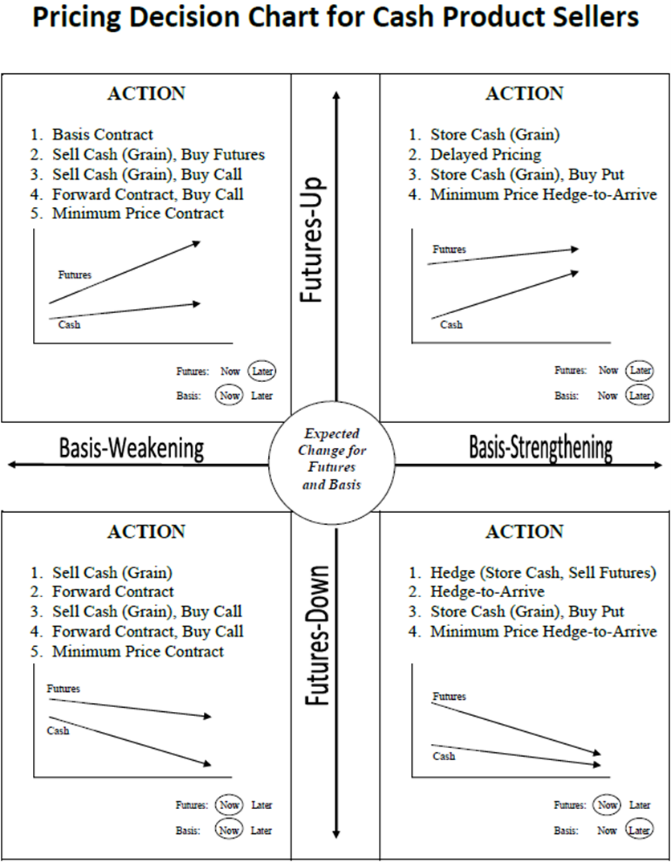MSU releases new grain marketing decision tool
Designed for both first time and seasoned marketers, the MSU Grain Marketing Evaluation Tool uses current information to help analyze market conditions.

Selling grain at a profit involves understanding current market conditions and how those conditions are expected to change over time. Identifying if and when a good price is available is the first step in deciding what marketing strategies you’ll want to use. Combining market knowledge with pricing decision tools can help mitigate the risks that prices move in unfavorable directions for your farm. The key is to establish expectations on what basis and futures prices will do and capture those aspects of a good price when possible.
The MSU Grain Marketing Evaluation Tool is designed to aid farm managers in understanding the fundamental principles involved in marketing grain. Designed for both first time and seasoned marketers, the evaluation tool uses current information to help analyze market conditions. Those conditions are then paired with a variety of pricing decision tools expected to help establish a good price for your farm.

Built around the Pricing Decision Chart (Figure 1), the evaluation tool illustrates four different market scenarios. These scenarios are related to futures prices, basis, and cash prices. Each scenario outlines which pricing decision tools are best suited to help maximize the potential revenue for your grain sales. Concepts within the tool are also based on MSU Bulletin E-3416: Introduction to Grain Marketing, provided by the MSU Extension DEMaND Series.
For first-time marketers, the evaluation tool contains a “Start Here” tab. Inputting current market conditions, the tool will identify what direction basis and futures are currently heading. This information can be used to help direct you to the relevant market scenario.
If you are a more experienced marketer, you can directly choose the market scenario of current market conditions. Alternatively, you can also choose the scenario you expect will align with future market conditions. All baseline market data can be edited on each tab.
To evaluate price scenarios in "what if" situations for your farm, your future price expectations are an important factor. Identifying those expectations may be challenging, as the future is unknown. However, your price expectations are important to evaluate how different pricing tools will perform under different scenarios. For considering “what if” price scenarios, the future outlook section can be edited to reflect your own expectations.
Please note that the pricing decision tools listed in each scenario are not exhaustive. In some cases, grain originators have contract options that use a combination of features from several pricing tools. In other cases, some contracts will shift from one pricing tool to another after a certain date is reached. These types of contracts are not listed in the evaluation tool. In order to make use of such contract options, understanding the principles of pricing tools is important. Demonstrating these principles is the main benefit that the MSU Grain Marketing Evaluation Tool can provide when considering other contract options.
Note: The evaluation tool is a macro-based Excel file. Each tab is equipped with a "reset all" button that works using macros. Clicking the button will clear example data and allow for input of current information. This is a convenient option as example data can also be erased or overwritten manually.
For more marketing resources, visit MSU’s Commodity Marketing website at https://www.canr.msu.edu/tag/commodity-marketing.



 Print
Print Email
Email




